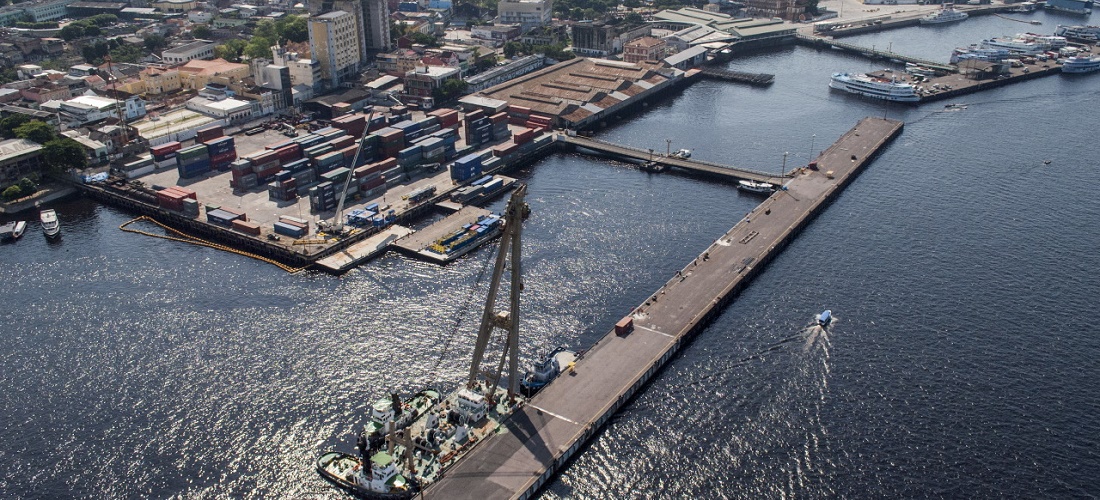
Ports in Amazon boost soy exports
Jul, 16, 2019 Posted by datamarnewsWeek 210930
Brazil, the largest soybean exporter, is reinforcing its leadership against the United States after trade giants invested billions of dollars in building new terminals and developing routes to ports in the Amazon region.
“Northern Brazilian ports are allowing the country to export large volumes of grain without the historical loading delays or ship queues,” said Sergio Mendes, general director of Anec – Grain Exporters Association. “Through the North, traders are sending the same volumes of soy that is usually exported from Santos, the largest port in Latin America,” he said. “This is a huge achievement.”
Bunge began to expand transportation in the North in 2014 when it began transporting soybeans through a waterway that is 1,000 kilometers between Mato Grosso, where the grain is produced, and the port of Barcarena, in Pará. Cargill and Louis Dreyfus have also made investments to build terminals and barges.
According to André Pessoa of Agroconsult, shipments of corn this year may increase by 58% to 38m tons, and soybean exports could reach 70.5m tons, surpassing the previous estimate of 5.2%, in part due to investments in the northern ports of the country.
In the first half of the year, a combined 19m tons of corn and soybeans were exported through ports in the northern region, and the volume of 2019 could reach 35m, according to Aprosoja – Soybean and Maize Producers Association.
From January to June 2019, soybean shipments from the South ports increased by 16% compared to the same period in 2014, while exports from the northern ports more than tripled, according to government data compiled by Abiove – Vegetable Oils Industrial Association. In the first semester, the North handled a total of 32% of the shipments, more than double than that of 2014.
More investments should come. Cargill could invest R$900m (US$240m) by 2030 in a new private terminal in Abaetetuba, in the state of Pará, adding 9m tons to the existing export capacity of 9.5m tons in the North of Brazil, a strategic region for grain shipment.
In addition to investments in infrastructure, Brazil also benefited from Trump’s government trade war with China, the main importer of soybeans. The Asian country has largely avoided US supplies, and shipments have declined notably from ports in the Pacific Northwest.
Source: Bloomberg
-
Meat
Aug, 28, 2019
0
ABIEC repudiates illegal deforestation
-
Economy
Jun, 03, 2019
0
Brazil set to produce record corn crop
-
Meat
Jul, 16, 2019
0
Cargill close factories in China due to swine flu
-
Grains
Jun, 06, 2019
0
US imports corn from Brazil



